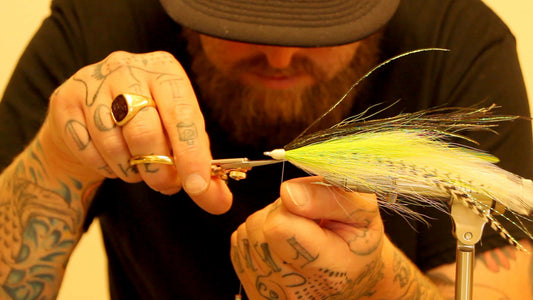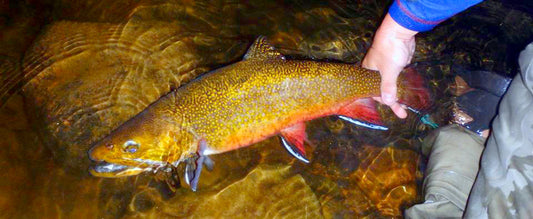All Points Fly Shop + Outfitter Blog

Video: IG Live Fly Tying Sessions - Montreal Whore
I have been doing live fly tying sessions on Instagram recently. To help with those who are unable to watch, or want to check them out later, I have set...
Video: IG Live Fly Tying Sessions - Montreal Whore
I have been doing live fly tying sessions on Instagram recently. To help with those who are unable to watch, or want to check them out later, I have set...

Gear Review: Simms Alumibite Star Cleat - Tested
There is still a considerable debate as to which sole is better for fishing - felt, rubber, or metal studded soles. Years ago, felt was king. It gripped the river...
Gear Review: Simms Alumibite Star Cleat - Tested
There is still a considerable debate as to which sole is better for fishing - felt, rubber, or metal studded soles. Years ago, felt was king. It gripped the river...

6 Things To Know About Driving On Logging Roads
Most of the best fishing spots, especially trout and salmon, are well off the commonly traveled roads. Specifically here in Maine, this sometimes requires the use of logging roads to reach these...
6 Things To Know About Driving On Logging Roads
Most of the best fishing spots, especially trout and salmon, are well off the commonly traveled roads. Specifically here in Maine, this sometimes requires the use of logging roads to reach these...

The Seasons Of Fly Fishing
Here in New England we have 4 distinct seasons. Each season represents change. Most people associate change in seasons with the weather. Fly fisherman will often associate the change in seasons with the...
The Seasons Of Fly Fishing
Here in New England we have 4 distinct seasons. Each season represents change. Most people associate change in seasons with the weather. Fly fisherman will often associate the change in seasons with the...

Fly Tying Video - The Chartreuse Mackerel Deceiver
Check out our instructional video on tying the Chartreuse Mackerel Deceiver. This is a great imitation, especially for the Tinker Mackerel!
Fly Tying Video - The Chartreuse Mackerel Deceiver
Check out our instructional video on tying the Chartreuse Mackerel Deceiver. This is a great imitation, especially for the Tinker Mackerel!

3 Tactics For Increasing Hook-Ups To Heavily Fi...
I spend most of my time fishing for big native Brook Trout in northwestern Maine. When fishing in Maine for big natives, there are a handful, or maybe even only...
3 Tactics For Increasing Hook-Ups To Heavily Fi...
I spend most of my time fishing for big native Brook Trout in northwestern Maine. When fishing in Maine for big natives, there are a handful, or maybe even only...